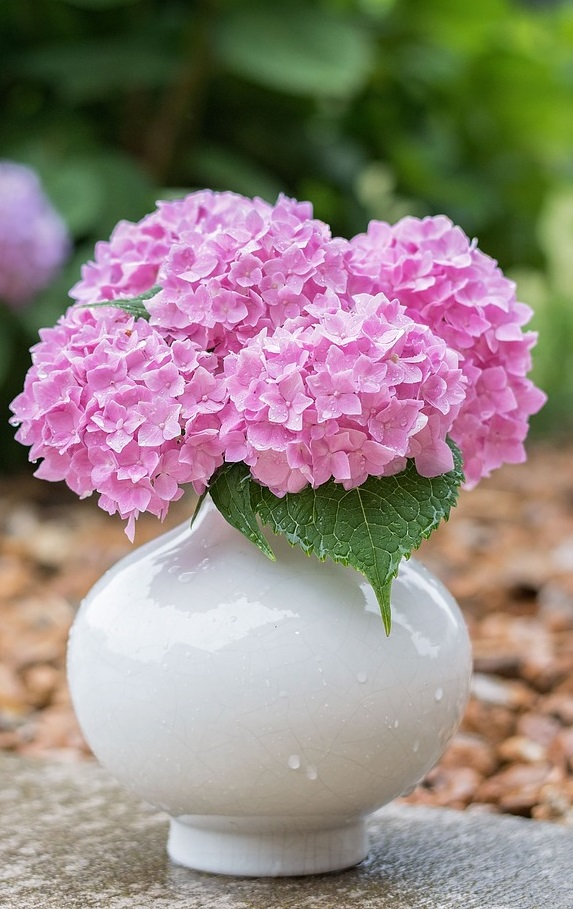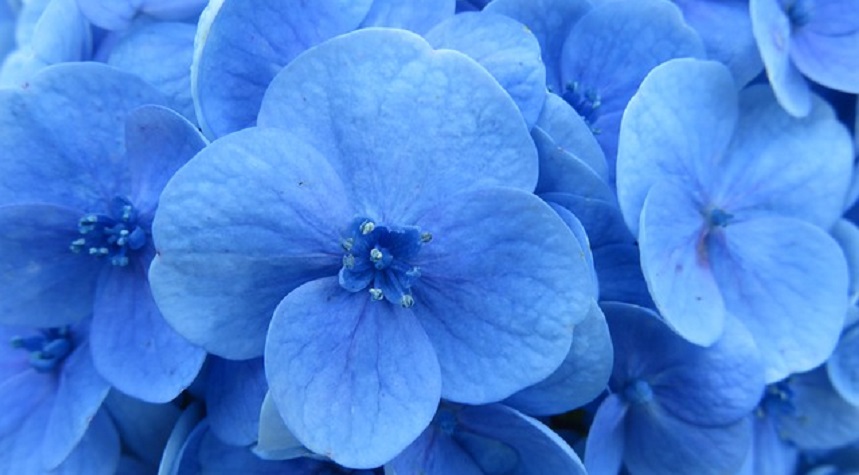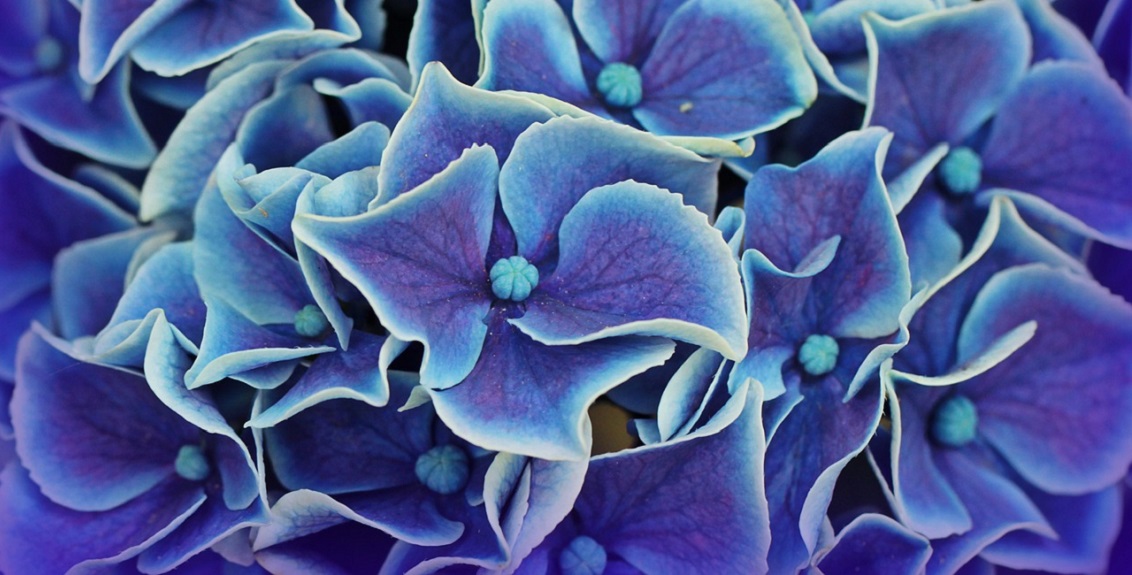Hydrangeas are not only easy to grow but are also quite hardy and resistant to most pests and diseases.
With numerous varieties to choose from, you’re certain to find one that’s right for you.
Here are a few tips on autumn and winter care and pruning your hydrangeas for more blooms next year!
Protect your outdoor Hydrangeas in winter by making a frame around the plant by using stakes. Wrap chicken wire around the stakes to form a cage. Fill the cage with pine needles and/or leaves to fully insulate your plant.
If your Hydrangeas are potted plants, bring them inside prior to the first frost. If they are too big to move, they can remain outside and be protected by covering the entire pot and plant.
Hydrangeas can be grown in full sun or partial shade. However, many hydrangeas do not like extremely hot conditions, so try to locate them in an area where they can enjoy some afternoon shade. While they can be grown in a wide range of soils, hydrangeas typically prefer rich, moist soil that drains easily.
Amending the soil with compost prior to planting is helpful.

Hydrangea planting should be performed in spring once the threat of frost has passed. Water thoroughly after planting. You can also add a layer of mulch after planting. Hydrangeas can also be transplanted easily, but this should only be done during dormancy in autumn or winter. Be sure to dig up the entire root ball and replant immediately. As the flowers are produced on new growth, you should prune hydrangeas once their blooming has ceased.

